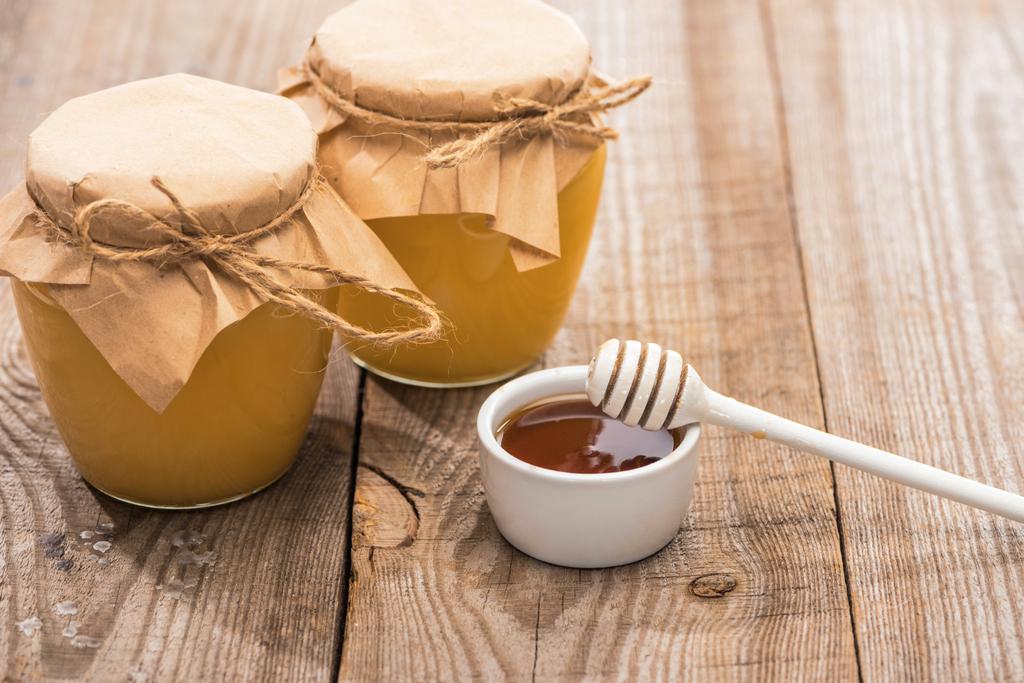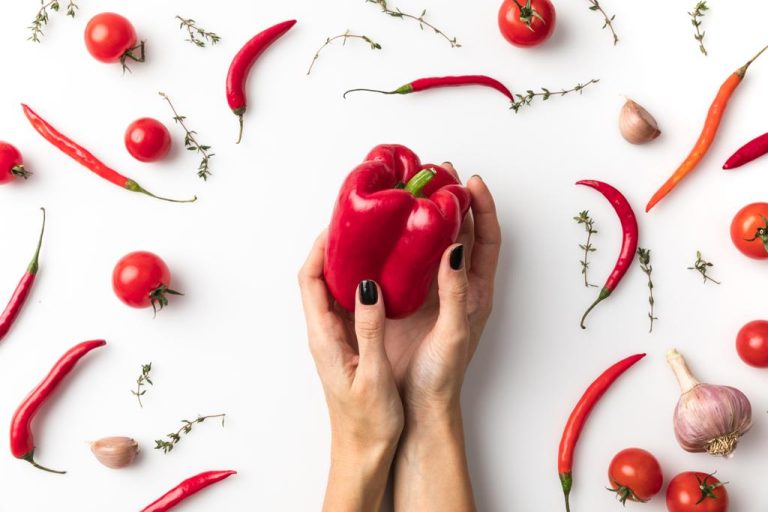Storing food properly is almost an art – and the refrigerator is not always the best solution. Not everything stays fresh longer in it. Many foods are harmed by the cold, some simply do not need it cool.
1. Storage of tomatoes, as well as cucumbers, peppers, eggplants and zucchini
Tomatoes should not be stored in the refrigerator. There they lose their aroma and can mold more quickly due to storage. It is best to keep them in the cellar or in the pantry – a temperature of around 15 degrees is ideal.
If a cool room is not available, tomatoes are still better off at room temperature than in the refrigerator. It is best to store them in an airy and shady place. This also applies to other types of vegetables that contain a lot of water, such as cucumbers, peppers, eggplant and zucchini.
2. Store olive oil properly
Olive oil can become flaky (cloudy) in the refrigerator. In warm weather, however, this returns after a while without the oil being damaged. That’s why you often hear the advice to put olive oil in the fridge so that it doesn’t go rancid so quickly. But cooling and heating food over and over again consumes valuable energy.
Store olive oil at room temperature protected from light (e.g. in a dark cupboard) and it will keep the olive oil fresh for many weeks – by then a bottle will usually be gone anyway.
3. Store bread
Bread is best stored at room temperature in air-permeable containers. Without air, moisture builds up and the bread starts to go moldy. Clay pots are ideal for storage. Bread boxes made of wood are less recommended, bread dries out faster in them.
Stored in the fridge, bread will mold later, but will soon taste stale. That’s why storing it in the refrigerator is only worthwhile in exceptional cases: on hot days with high humidity. We recommend plastic-free lunch boxes to take to the office.
4. Store lemons
Lemons and other citrus fruits don’t tolerate cold – after all, they come from warm regions. Lemons, oranges, grapefruits, etc. do well at moderate room temperatures, they prefer it even more if they are stored a little cooler. Citrus fruits should be stored openly, they should have contact with air. A bowl or a basket that is as wide as possible is suitable for this, for example.
Sliced citrus fruits don’t need to be in the fridge either. They keep for a week at room temperature. Lemon halves are best placed cut-side up on a plate. The cut surface dries and thus protects against mold growth.
5. Storage of garlic and onions
If you don’t have a cool room available, it is best to store garlic and onions in a clay pot that gives them enough room to “breathe”.
6. Store bananas
Bananas quickly get brown spots in the fridge because the cold damages their cell tissue. They will keep for about three to four days at room temperature if protected from direct sunlight. They are even better off in a slightly cooler place.
This also applies to other exotic fruits such as mango, melon or pineapple.
7. High-proof
Perhaps the term “food” is not appropriate for strongly alcoholic beverages. But if you have spirits such as vodka, whiskey or other brandy wines with more than 35% at home, you don’t need to store them in the fridge either. Sealed bottles of alcohol last practically forever.
Even when the bottles are open, it takes time for the alcohol and aroma to evaporate. Storage in the basement or at room temperature without direct sunlight (e.g. in a cupboard) is sufficient.
8. Store the avocado optimally
Like a banana, you usually buy an avocado unripe. “Hard” avocados should be stored at room temperature, during which time they will ripen and become soft. Ripe specimens are best eaten as soon as possible.
However, cut avocados can go in the fridge: do not remove the pit, sprinkle lemon juice on the cut surface and place in an airtight container – this way the avocado will keep for a few more days.
9. Tabasco and Co.
In addition to chilies, hot sauces usually only contain vinegar and salt – these are excellent preservatives. That’s why Tabasco & Co. don’t have to be in the fridge even when they’re open. In a light-protected place (closet) they keep for many months.
10. Storage of honey
Honey changes consistency in the fridge. It becomes hard and difficult to paint. When stored tightly closed, dry and protected from light (e.g. in a cupboard), it usually lasts for years without losing quality.
Also, if you keep honey free of foreign bodies, you can eat it practically forever.

